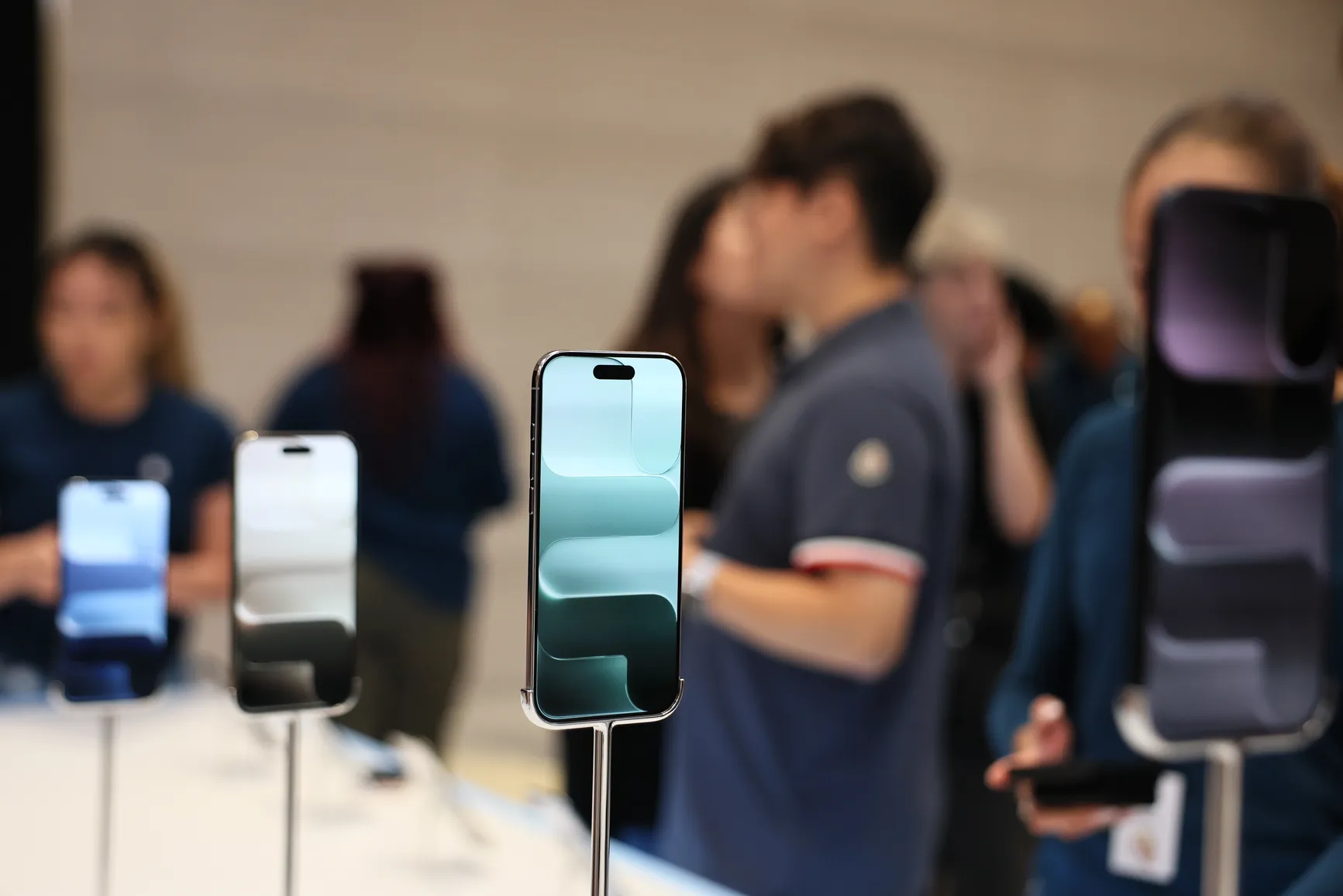
In a world where new smartphones are released every few months, it might seem like consumers would be upgrading faster than ever — but the opposite is happening. Across the U.S., people are holding on to their phones for three, four, or even five years before replacing them. The reasons are both practical and cultural. Today’s smartphones are built to last longer, with stronger batteries, durable materials, and extended software updates that keep older models running smoothly. At the same time, prices for flagship devices have soared, often exceeding $1,000, making frequent upgrades less appealing. Environmental awareness also plays a growing role, as more Americans recognize the ecological cost of e-waste and prefer to use their devices until they truly need replacing. Meanwhile, carriers’ subsidies have dwindled, meaning fewer “free” upgrades are available. Together, these shifts signal a maturing tech market — one where consumers are more thoughtful, cost-conscious, and sustainability-minded than ever before, redefining what it means to stay connected in a constantly evolving digital world.






